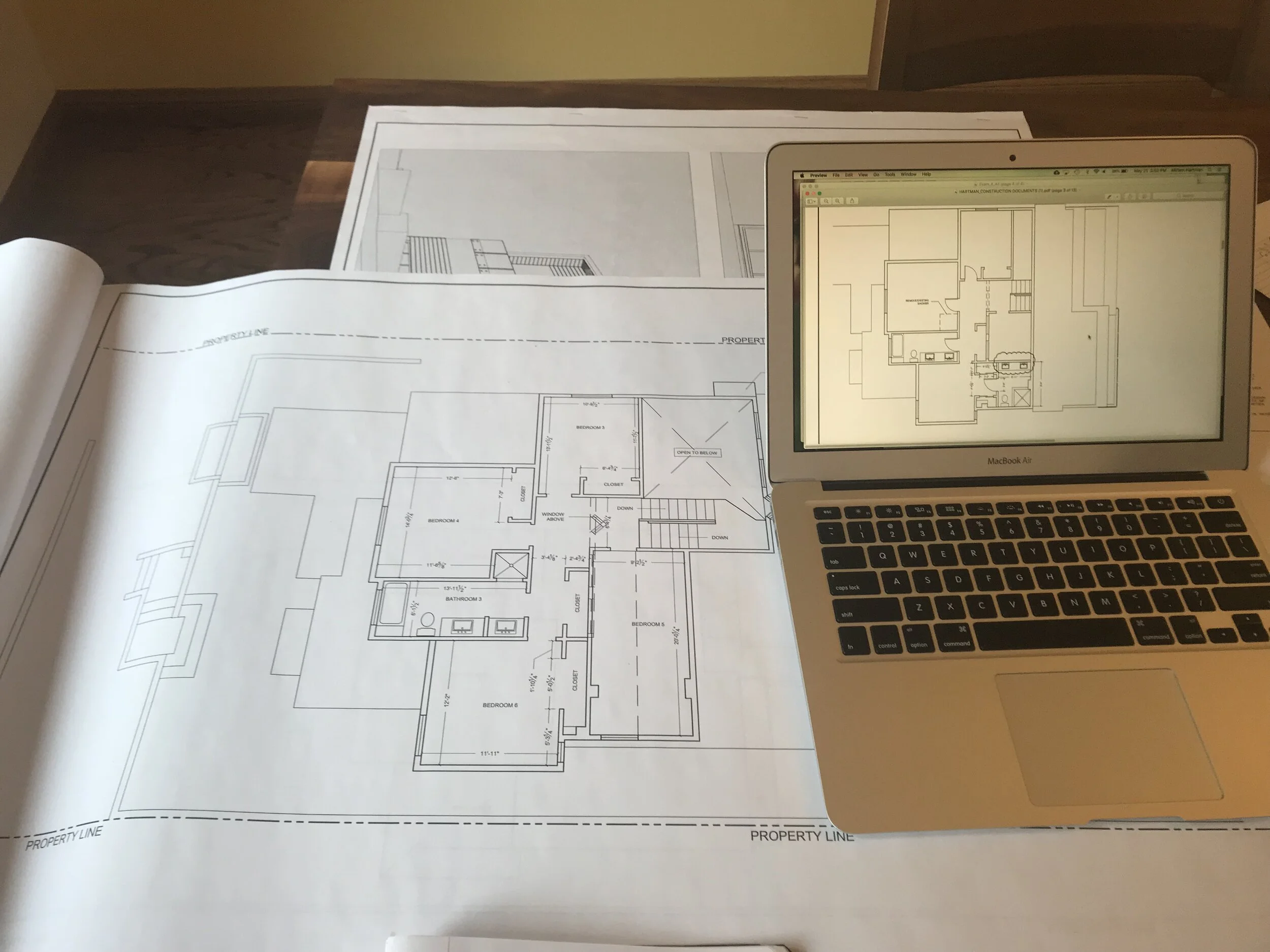
GREYWATER CORPS PUMPED SYSTEM
Our most commonly-installed system. Greywater from indoor sources drains to a pump basin, which sends it out to the landscape. There are no filters or storage tanks, so maintenance is minimal.
💧Can irrigate anywhere on the lot, even uphill
💧Subsurface emitter outlets at mulch infiltration basins
💧Typically 16-20 emitters per zone, either one or two zones
💧Can irrigate an entire landscape with greywater
💧Best for fruit trees, shade trees, larger ornamentals
💧Easy to reconfigure if landscaping changes

Vince breaks down a GWC pumped system in the wild.
SYSTEM OVERVIEW
The GWC Pumped system is a low-tech, high-functioning greywater system designed for years of trouble-free, low maintenance irrigation with gently-used water that would otherwise go down the drain and be wasted. It is low-tech in the sense that there are no filters to clean or change, no storage tanks, and no electronic controllers to program. The only control is a single on-off switch.
DESIGN & PERMITTING
Greywater Corps staff includes landscape designers, permaculturists, plumbers, irrigation experts, and a licensed architect. We take pride and care in the elegant appearance (or disappearance) of our systems.
Residential greywater systems are legal in California, although the permitting process can be daunting. If permits are desired we can prepare a set of engineering drawings and shepherd the project through the City Building department and County Health Department, securing all necessary approvals and inspections.
PHASE 1: DUAL PLUMBING
Drain lines from greywater fixtures in the house (bathtubs, showers, bathroom sinks and washing machines) are reconfigured to drain to a diverter valve, which can send water to either the sewer or the greywater system (this allows the user to “turn off” the greywater system if needed, for example if doing a load of laundry with bleach).
PHASE 2: GREYWATER SYSTEM INSTALLATION
The greywater system includes a pump basin housing a submersible greywater pump. As water enters the basin it automatically turns the pump on, sending water out to irrigation.The pump basin has a safety overflow back to the sewer line, protected by a backwater valve.
PHASE 3: IRRIGATION INSTALLATION
Irrigation distribution is through a network of subsurface ball valves, each set in a protective enclosure within a mulch basin – a trench filled with wood chips that act as a medium for greywater distribution and allow greywater to percolate out laterally. The wood chips are an organic greywater filter, catching laundry lint and soap and breaking down impurities through natural microbial action. A second mode of irrigation often incorporated is sheathed drip lines, which are also covered with mulch.
MAINTENANCE
Maintenance is minimal and can be handled entirely by Greywater Corps during annual visits. Systems are designed for easy access and visibility. There are no filters to clean. The pumps we use are specifically designed for greywater and have an expected lifespan of 17 years. Wood-chip mulch is a living part of the system - mulch beds should be replenished every few years as they subside and turn into rich soil.
DESIGN PRINCIPLES
Our approach to ecological systems design is that of appropriate technology: small-scale, low-tech solutions that avoid over-engineering in favor of simplicity and natural processes. For example, instead of sterilizing greywater for storage, don’t store greywater. Instead of complicated filters, use bigger emitter holes. Instead of a water-purifying system, use natural soaps and shampoos that won’t harm the environment.
This approach led us to the GWC pumped system, which avoids the two major failure points: storing greywater (which is destined to turn septic) and filtering greywater (maintenance, cleaning, and clogging issues).
GREYWATER EXPLAINED: UNDERGROUND PUMP BASINS
The heart of your greywater system is a pump that sends greywater directly out to mulch- basin emitter outlets in the landscape. The pump allows your system to spread greywater out efficiently and to irrigate uphill from your house
A common configuration is to put a submersible pump in an underground basin. The basin isn’t for storing greywater – it’s a housing for the pump. At around half-full it activates a float switch which turns on the pump, shooting greywater out to irrigation emitters in the yard. The pump basin also has a safety overflow – if the power is out, for example, greywater will fill the basin and simply overflow to the sewer or septic system.
We use cast iron effluent pumps designed to handle greywater, usually 110V and 1/2 horsepower or more. Power consumption is minimal in the context of California’s L.A.’s water infrastructure, where our water is pumped hundreds of miles over mountains and across deserts to get here.
Pump basins are plastic or fiberglass, 18” - 30” diameter and 30” - 60” deep (the depth of the basin is dictated by the depth of the greywater stub out below grade.) A common size is 24” diameter x 48” deep.
Pump basins are silent and odor-free. The only thing you’ll see is the lid at grade, which can be concealed by plants or covered with mulch or gravel as long as it remains accessible for annual maintenance.









